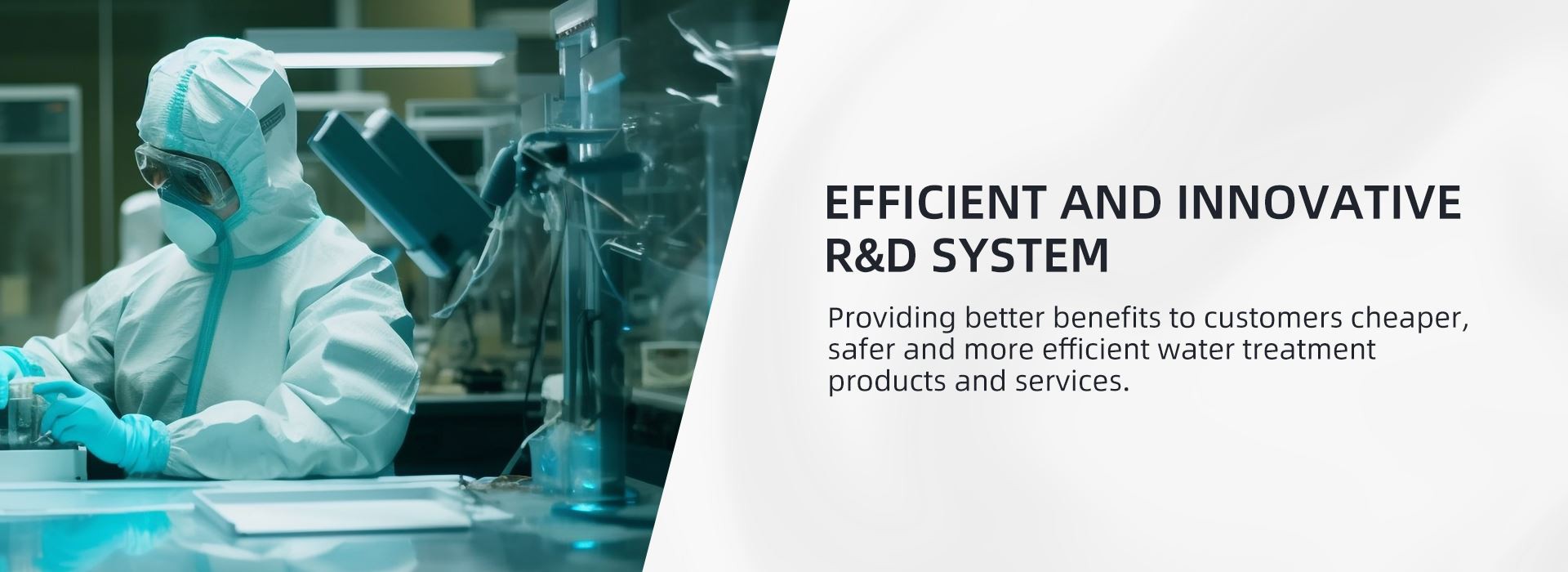Ion exchange resin is commonly used in various industries, such as water treatment, pharmaceuticals, and chemical manufacturing. This resin is used to remove ions and impurities from water or other solutions, which makes it essential for ensuring high-quality products or clean water supply.
To ensure that ion exchange resins work effectively, it is crucial to test them regularly. Below are some tips on how to test ion exchange resin:
1. Conduct a visual inspection: Check the ion exchange resin for any physical damage or signs of fouling. The resin beads should be clean and free from any debris or discoloration.
2. Conduct a resin capacity test: One way to test the capacity of the resin is to measure the amount of ions it can exchange before it requires regeneration. This test involves measuring the volume of water processed by the resin and the concentration of the target ions before and after it passes through the resin bed.
3. Conduct a resin regeneration test: The performance of the ion exchange resin can degrade after multiple uses. Regenerating the resin can restore its functionality. A regeneration test involves running the resin through a regeneration cycle and then testing its capacity to remove impurities.
4. Evaluate ion exchange resin quality: It is essential to evaluate the quality of the ion exchange resin before use. This can involve testing for the physical and chemical properties of the resin, such as particle size, uniformity, and crosslinking level.
5. Check for resin fouling: Ion exchange resins can become fouled with organic or inorganic materials, leading to reduced capacity and efficiency. To test if your resin is fouled, conduct a resin cleaning and test its capacity to remove impurities before and after cleaning.
In conclusion, ensuring the effectiveness of ion exchange resins is crucial to the quality of water supply or manufacturing processes. Regular testing of the resin's physical and chemical properties, as well as its capacity and regeneration, is necessary for optimal performance. Regular maintenance and testing can also help prolong the lifespan of the resin, saving costs associated with replacement and reducing the risk of unexpected failures.


